2017 PLAN Review
by Jeff Head
(See all pictures at the Flickr Album:
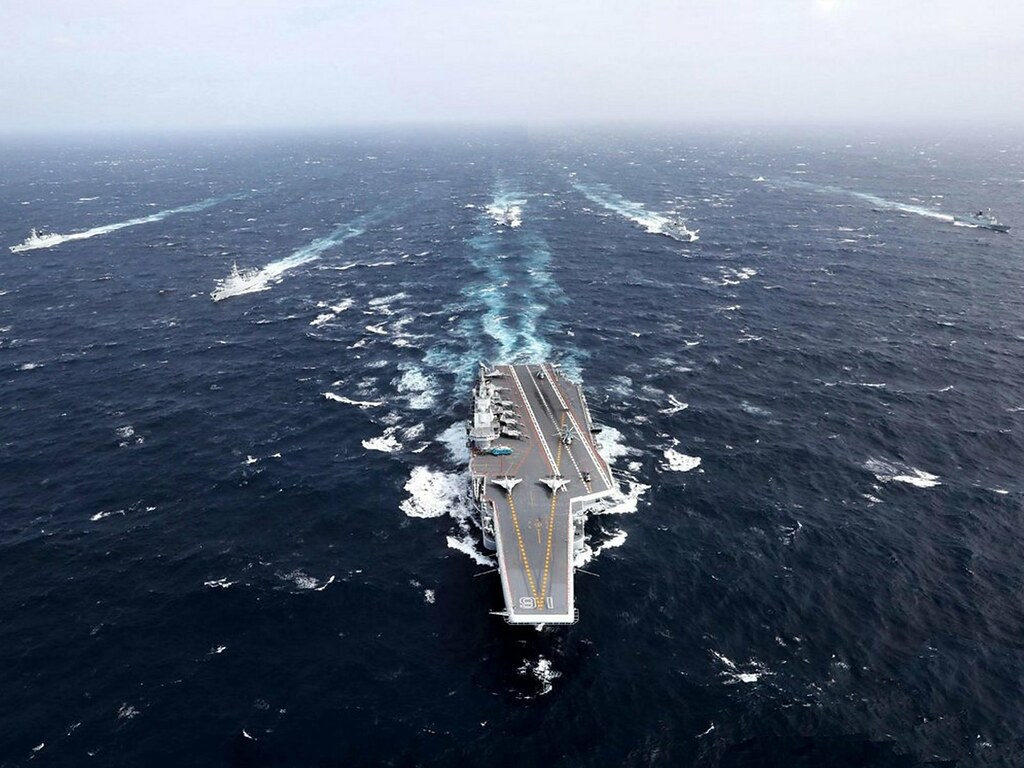
General Introduction
The PLAN has continued its many year advance and naval buildup in numerous areas.
This is not new, in fact the news is that they sustain this naval growth and modernization as a very high rate of production and have done so now for a decade, year in and year out. I have kept an annual report on this since 2005.
It is clear that the People's Republic of China continues to move forward to buildup a naval power structure, along with the necessary infrastructure, to put to sea a naval force capable of challenging the US and her allies in the Western Pacific, and be able to protect her interests and her Sea Lines of Communication (SLOCs), with forays away from the western Pacific into the Indian Ocean, the Mediterranean, and around Africa and South America whenever warranted.
She has already sent task forces into these areas and has maintained a 3-4 ship anti-pirating presence in the Arabian Sea and the Gulf of Aden for the last several years at all times, which have included usually one destroyer, one or two frigates, and a replenishment vessel. Beyond that, the PLAN is embarking on regular, strong training exercises extending far from China's shores, with their new equipment. Their forces are making port calls in the Med, the Indian Ocean, Europe, and the United States.
This report will focus on their aircraft carrier development, both their existing carrier, the Liaoning, CV-16, as well as their first indigenous carrier which will shortly be launched, the Shandong, CV-17, and their first CATOBAR carrier, which is now building.
It will also focus on all of their surface capability, from their newly building large Type 055 destroyer (really a cruiser sized vessel), their Type 052D main stay destroyers similar to the Burke class, their earlier fully integrated Type 052C DDG, their upgrades to the Sovremenny and Type 051C destroyers, and thier large force of modern new Type 054A guided missile frigates.
In addition the report looks at the large force of new, light frigates, the Type 056 which are very capable littoral vessels, their new large/fast replenishment vessels, and their continued development of their Type 071 LPDs.
We will talk about the Chinese submarine force, and though it is lagging behind in terms of very fast development, we talk about what they are accomplishing.
Finally, we will also, as an example of what they are doing in their other armed branches, look at recent developments in the air force with their 5th Generation Stealth fighter, the J-20, and their new modern transport aircraft, the Y-20 which is very reminiscent of the US C-17 cargo aircraft.
Aircaft Carriers
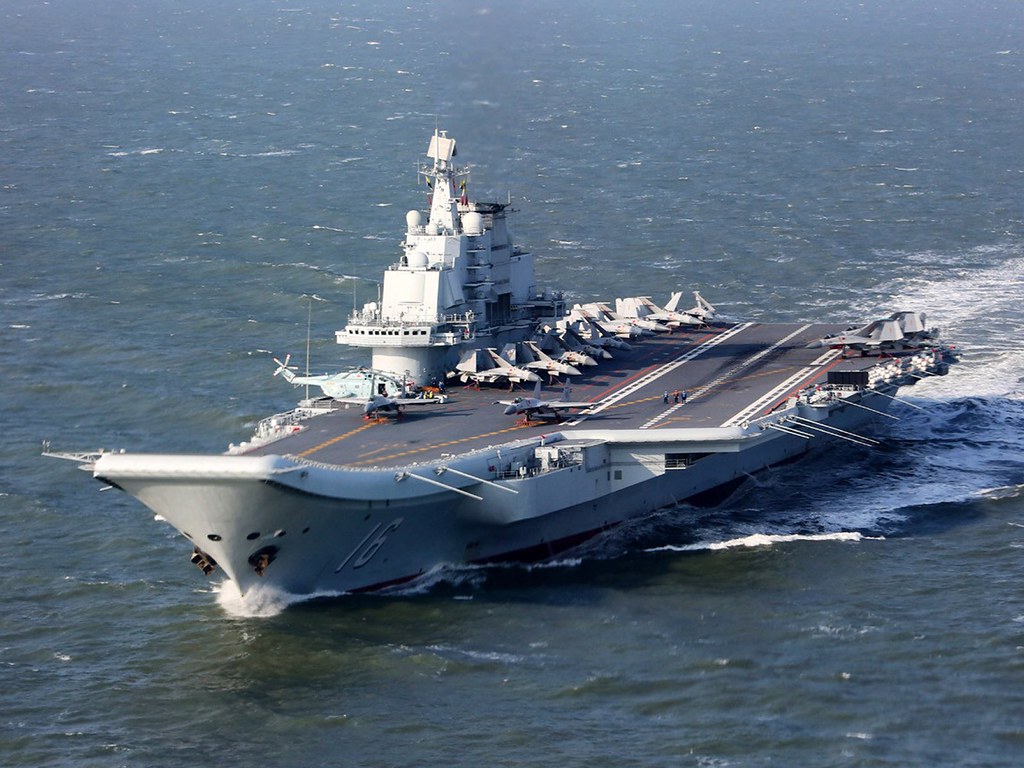
Liaoning, CV-16
The PLAN's only operational carrier, the Liaoning, continues its exercises and training of personnel and air wing. The Chinese are conducting a high degree and rate of training and exercises...willing to spend the time and money to keep their personnel and equipment working and capable.
This year the PLAN conducted its first carrier strike group exercises out in the deep water of the Pacific Ocean beyond the first island chain, showing what their carrier group can do. Their several years of training is now paying off as relatively moderate tempos of operations, both air operations and group maneuvering were exercised.
The group consisted of:
1 x CV-17, Liaoning Carrier
2 x Type 052D Guided missile, area air defense and general purpose destroyers
2 x Type 054A guided missile and general purpose frigates
1 x Type 093 nuclear attack submarine.
A replenishment vessel and a frigate escort were also a part of the exercises, visiting and replenishing the carrier group as needed.
This entire group them made its way past Taiwan, traveling to the East of the Island, and into the South China Sea to make a show of force there as the US has and continues to assert Freedom of Navigation through those critical SLOC in the face of the People's Republic of China's claim to virtually the whole of the South China Sea, and as the PRC continues to improve the islands it has built around older shoals and reefs it claims, turning them into medium sized islands with several airfields, radar installations, and all of the infrastructure on those islands necessary to maintain the personnel, and in some cases their families.
In addition, they have opened up some of them to vacationing and visits from the mainland.
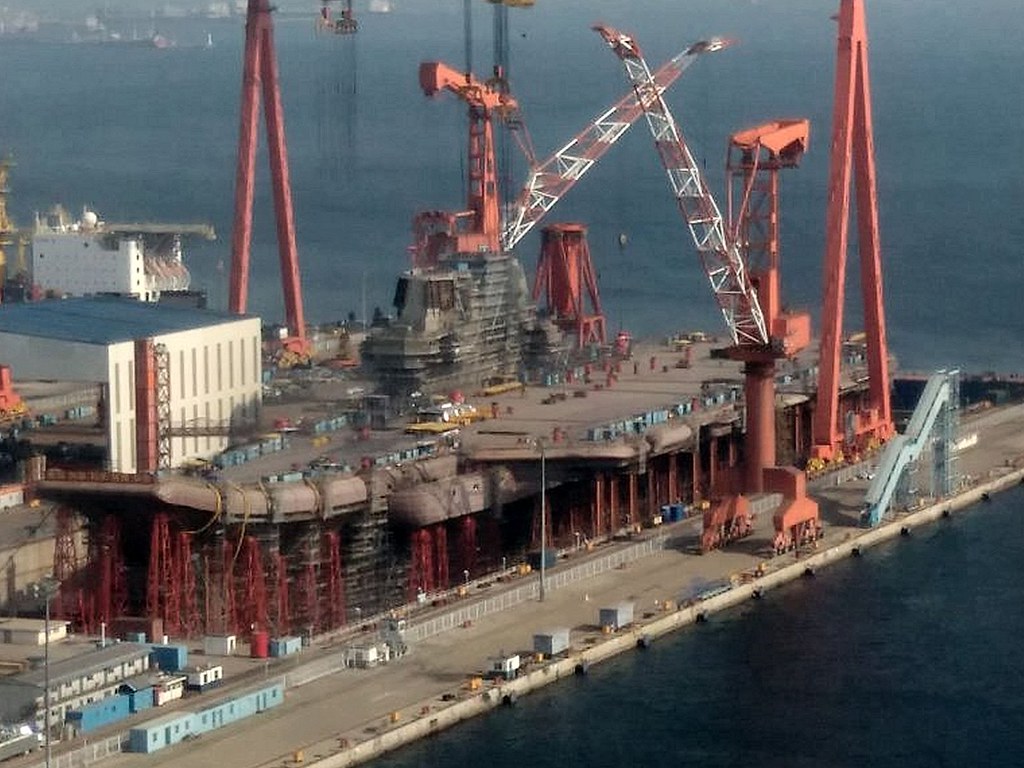
Type 001A - Shandong, CV-17
The Chinese made rapid progress on their first indigenous carrier, the CV-17 Shandong. This carrier is a virtual complete rebuild of the Liaoning carrier (which was originally the 2nd Russian Kusnetsov carrier which the Chinese purchased as it sat in dry dock in the Ukraine after the USSR fell).
But the Chinese have made some improvements. They have removed the 12 large vertical launch missile launchers for the large, long range anti surface/shipping missiles that the Russians built into the carrier and opened up more hanger space. They have reduced the size of and changed the configuration of the island somewhat, and they have made deck rearrangements to enhance deck spotting and traffic of aircraft.
This carrier has Chinese boilers and propulsion, but is not gas turbine driven. It is still a Short Take-off Barrier Assisted Recovery (STOBAR) carirer with its ski-jump launching of the J-15 aircraft.
By the end of 2016 the carrier appeared to be virtually complete structurally and will probably launch in the 2nd quarter of 2017.
The Chinese are, with the rapid building of this carrier (2 1/2 years since it was laid down), making clear their intention of building up a large deck carrier force.
Type 002, CATOBAR Carrier
The Chinese have announced their intent to build a medium sized Catapult Operation Barrier Assisted Recovery (CATOBAR) carrier with catapult launch capabilities and have indicated that the building of this carrier is already underway.
CATOBAR carriers are what the US Navy operates. The French nuclear carrier is also a CATOBAR carrier.
Representations of this carrier point to a 80,000 ton class carrier, probably with two catapult launchers, one for the angled deck and the other off the bow, in a configuration like the French Charles de Gaulle set up. But the new Chinese carrier would be somewhat larger than the French carrier.
This carrier will be the Chinese 3rd carrier and analysts expect the Chinese to build two of these carriers before proceeding to what is likely to be a larger, nuclear powered carrier after completing two of the conventional powered initial carriers.
At that point, as the Chinese begin building their first nuclear powered CATOBAR carrier, they will already have a force of four conventionally powered carriers and will represent a national air craft carrier program second only to the United States in the World.
Destroyers
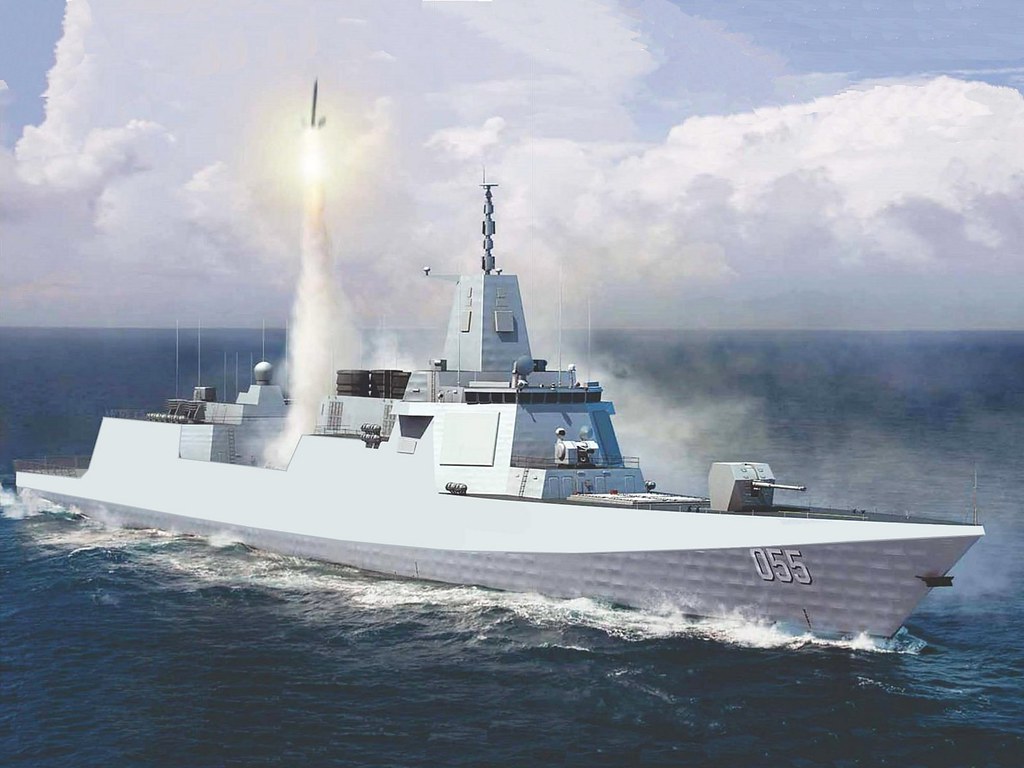
Type 055 Destroyer
The Chinese have started building their large destroyers, the Type 055, which are actually cruiser sized vessels which will each carry 112-128 vertical launch missiles (VLS), long range, high performance phased array radars, and a two helicopter hanger. These vessels will also be armed with a 130mm main gun, close in weapons and missiles, torpedoes, and anti-submarine capabilities.
The VLS launchers are expected, like with their Type 052D destroyers, to be capable of multiple missile launches...meaning anti-air missiles, anti-shipping missiles, cruise missiles, and anti-submarine missiles.
It appears that three are building a two different yards in China. it is expected that 12-18 of these vessels may be built and that they will be the Chinese equivalent of the US Ticonderoga class cruiser.
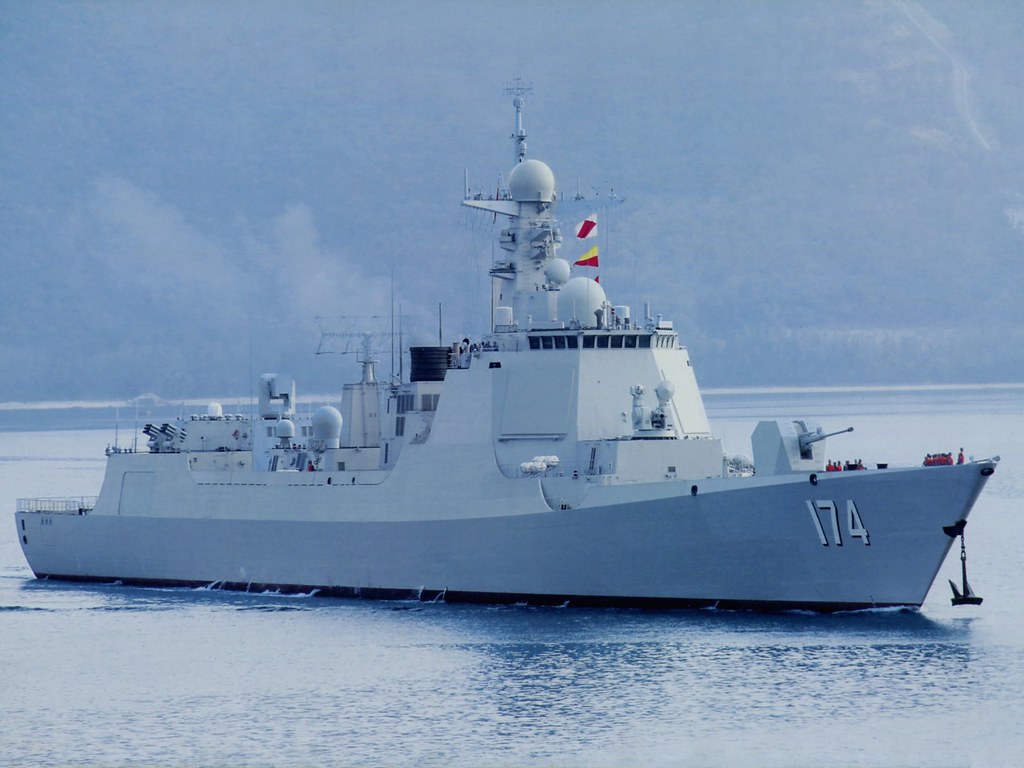
Type 052D Destroyer
The Chinese have continued the rapid buildup of their Type 052D destroyers. These vessels carry 64 VLS launchers and also have powerful phased array radars, a strong battle management system, a 130mm main gun, a single helicopter hanger and pad, and close in weapons which include both a 30mm gatlin gun and a close in missile launcher similar to the US RAM system.
These vessels continue to be built rapidly. By the end of 2016 13 or 14 of these vessels had been launched, now from two yards, and eleven have been commissioned since 2012 when the first was launched. This is a strong build rate, particularly when considering the Type 055 ramp up and the frigates that are continuing to be built.
These 7,500 ton displacement multi-purpose guided missile destroyers are being used to escort the Chinese carrier, their Amphibious vessels, particularly their Type 071 LPD which are similar in size and appearance to the US San Antonio class LPD, and as leaders of surface action groups (SAG) the Chinese are using to show the flag and protect their own SLOCs.
by Jeff Head
(See all pictures at the Flickr Album:

General Introduction
The PLAN has continued its many year advance and naval buildup in numerous areas.
This is not new, in fact the news is that they sustain this naval growth and modernization as a very high rate of production and have done so now for a decade, year in and year out. I have kept an annual report on this since 2005.
It is clear that the People's Republic of China continues to move forward to buildup a naval power structure, along with the necessary infrastructure, to put to sea a naval force capable of challenging the US and her allies in the Western Pacific, and be able to protect her interests and her Sea Lines of Communication (SLOCs), with forays away from the western Pacific into the Indian Ocean, the Mediterranean, and around Africa and South America whenever warranted.
She has already sent task forces into these areas and has maintained a 3-4 ship anti-pirating presence in the Arabian Sea and the Gulf of Aden for the last several years at all times, which have included usually one destroyer, one or two frigates, and a replenishment vessel. Beyond that, the PLAN is embarking on regular, strong training exercises extending far from China's shores, with their new equipment. Their forces are making port calls in the Med, the Indian Ocean, Europe, and the United States.
This report will focus on their aircraft carrier development, both their existing carrier, the Liaoning, CV-16, as well as their first indigenous carrier which will shortly be launched, the Shandong, CV-17, and their first CATOBAR carrier, which is now building.
It will also focus on all of their surface capability, from their newly building large Type 055 destroyer (really a cruiser sized vessel), their Type 052D main stay destroyers similar to the Burke class, their earlier fully integrated Type 052C DDG, their upgrades to the Sovremenny and Type 051C destroyers, and thier large force of modern new Type 054A guided missile frigates.
In addition the report looks at the large force of new, light frigates, the Type 056 which are very capable littoral vessels, their new large/fast replenishment vessels, and their continued development of their Type 071 LPDs.
We will talk about the Chinese submarine force, and though it is lagging behind in terms of very fast development, we talk about what they are accomplishing.
Finally, we will also, as an example of what they are doing in their other armed branches, look at recent developments in the air force with their 5th Generation Stealth fighter, the J-20, and their new modern transport aircraft, the Y-20 which is very reminiscent of the US C-17 cargo aircraft.
Aircaft Carriers

Liaoning, CV-16
The PLAN's only operational carrier, the Liaoning, continues its exercises and training of personnel and air wing. The Chinese are conducting a high degree and rate of training and exercises...willing to spend the time and money to keep their personnel and equipment working and capable.
This year the PLAN conducted its first carrier strike group exercises out in the deep water of the Pacific Ocean beyond the first island chain, showing what their carrier group can do. Their several years of training is now paying off as relatively moderate tempos of operations, both air operations and group maneuvering were exercised.
The group consisted of:
1 x CV-17, Liaoning Carrier
2 x Type 052D Guided missile, area air defense and general purpose destroyers
2 x Type 054A guided missile and general purpose frigates
1 x Type 093 nuclear attack submarine.
A replenishment vessel and a frigate escort were also a part of the exercises, visiting and replenishing the carrier group as needed.
This entire group them made its way past Taiwan, traveling to the East of the Island, and into the South China Sea to make a show of force there as the US has and continues to assert Freedom of Navigation through those critical SLOC in the face of the People's Republic of China's claim to virtually the whole of the South China Sea, and as the PRC continues to improve the islands it has built around older shoals and reefs it claims, turning them into medium sized islands with several airfields, radar installations, and all of the infrastructure on those islands necessary to maintain the personnel, and in some cases their families.
In addition, they have opened up some of them to vacationing and visits from the mainland.

Type 001A - Shandong, CV-17
The Chinese made rapid progress on their first indigenous carrier, the CV-17 Shandong. This carrier is a virtual complete rebuild of the Liaoning carrier (which was originally the 2nd Russian Kusnetsov carrier which the Chinese purchased as it sat in dry dock in the Ukraine after the USSR fell).
But the Chinese have made some improvements. They have removed the 12 large vertical launch missile launchers for the large, long range anti surface/shipping missiles that the Russians built into the carrier and opened up more hanger space. They have reduced the size of and changed the configuration of the island somewhat, and they have made deck rearrangements to enhance deck spotting and traffic of aircraft.
This carrier has Chinese boilers and propulsion, but is not gas turbine driven. It is still a Short Take-off Barrier Assisted Recovery (STOBAR) carirer with its ski-jump launching of the J-15 aircraft.
By the end of 2016 the carrier appeared to be virtually complete structurally and will probably launch in the 2nd quarter of 2017.
The Chinese are, with the rapid building of this carrier (2 1/2 years since it was laid down), making clear their intention of building up a large deck carrier force.
Type 002, CATOBAR Carrier
The Chinese have announced their intent to build a medium sized Catapult Operation Barrier Assisted Recovery (CATOBAR) carrier with catapult launch capabilities and have indicated that the building of this carrier is already underway.
CATOBAR carriers are what the US Navy operates. The French nuclear carrier is also a CATOBAR carrier.
Representations of this carrier point to a 80,000 ton class carrier, probably with two catapult launchers, one for the angled deck and the other off the bow, in a configuration like the French Charles de Gaulle set up. But the new Chinese carrier would be somewhat larger than the French carrier.
This carrier will be the Chinese 3rd carrier and analysts expect the Chinese to build two of these carriers before proceeding to what is likely to be a larger, nuclear powered carrier after completing two of the conventional powered initial carriers.
At that point, as the Chinese begin building their first nuclear powered CATOBAR carrier, they will already have a force of four conventionally powered carriers and will represent a national air craft carrier program second only to the United States in the World.
Destroyers

Type 055 Destroyer
The Chinese have started building their large destroyers, the Type 055, which are actually cruiser sized vessels which will each carry 112-128 vertical launch missiles (VLS), long range, high performance phased array radars, and a two helicopter hanger. These vessels will also be armed with a 130mm main gun, close in weapons and missiles, torpedoes, and anti-submarine capabilities.
The VLS launchers are expected, like with their Type 052D destroyers, to be capable of multiple missile launches...meaning anti-air missiles, anti-shipping missiles, cruise missiles, and anti-submarine missiles.
It appears that three are building a two different yards in China. it is expected that 12-18 of these vessels may be built and that they will be the Chinese equivalent of the US Ticonderoga class cruiser.

Type 052D Destroyer
The Chinese have continued the rapid buildup of their Type 052D destroyers. These vessels carry 64 VLS launchers and also have powerful phased array radars, a strong battle management system, a 130mm main gun, a single helicopter hanger and pad, and close in weapons which include both a 30mm gatlin gun and a close in missile launcher similar to the US RAM system.
These vessels continue to be built rapidly. By the end of 2016 13 or 14 of these vessels had been launched, now from two yards, and eleven have been commissioned since 2012 when the first was launched. This is a strong build rate, particularly when considering the Type 055 ramp up and the frigates that are continuing to be built.
These 7,500 ton displacement multi-purpose guided missile destroyers are being used to escort the Chinese carrier, their Amphibious vessels, particularly their Type 071 LPD which are similar in size and appearance to the US San Antonio class LPD, and as leaders of surface action groups (SAG) the Chinese are using to show the flag and protect their own SLOCs.
Last edited:


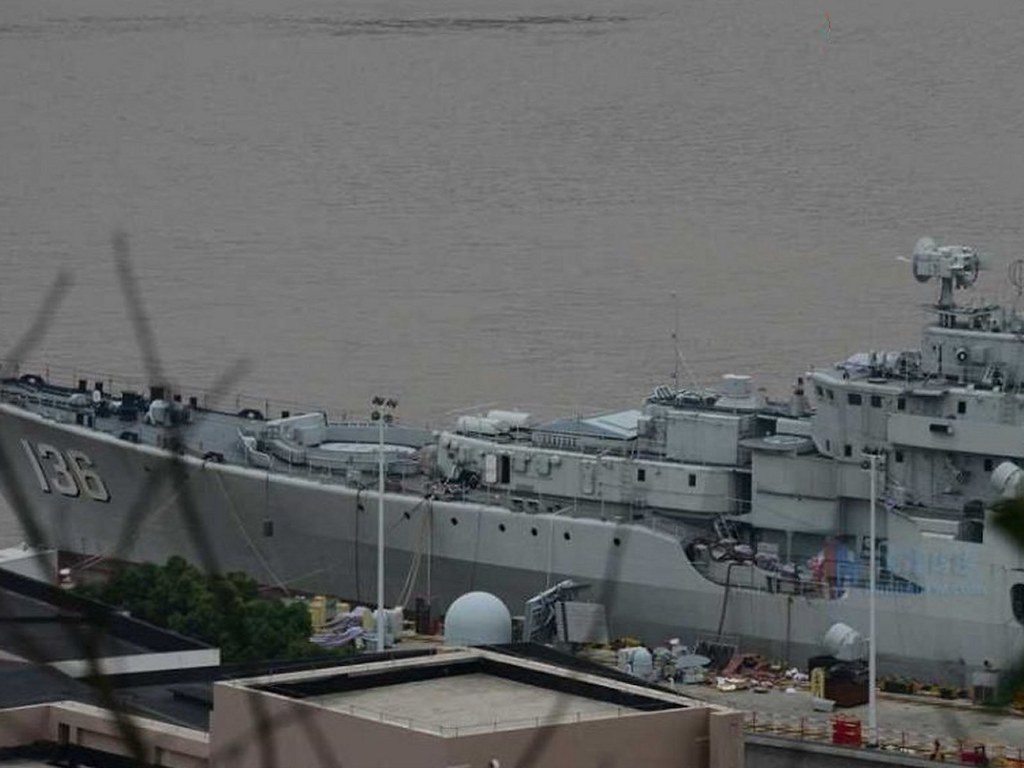

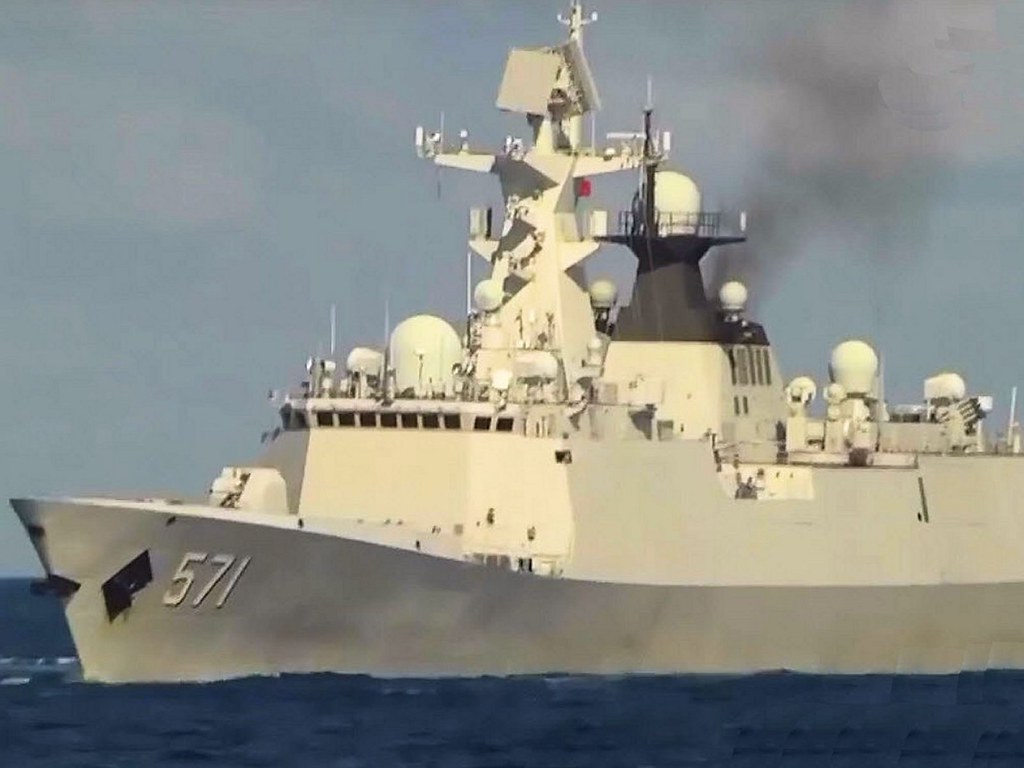
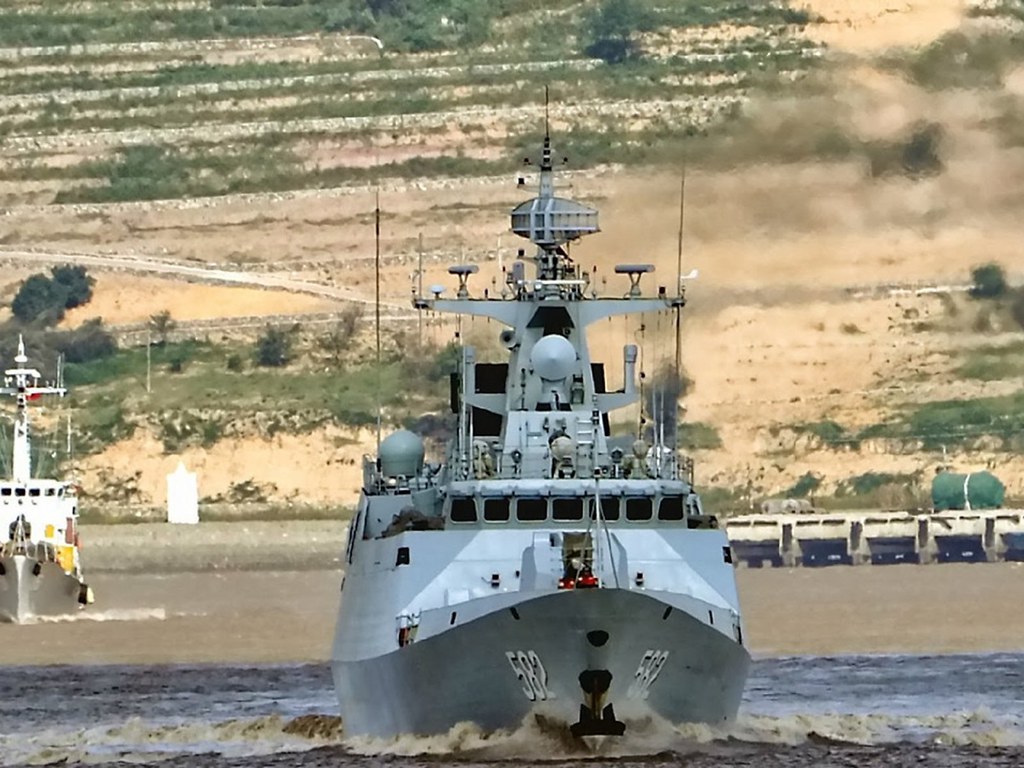
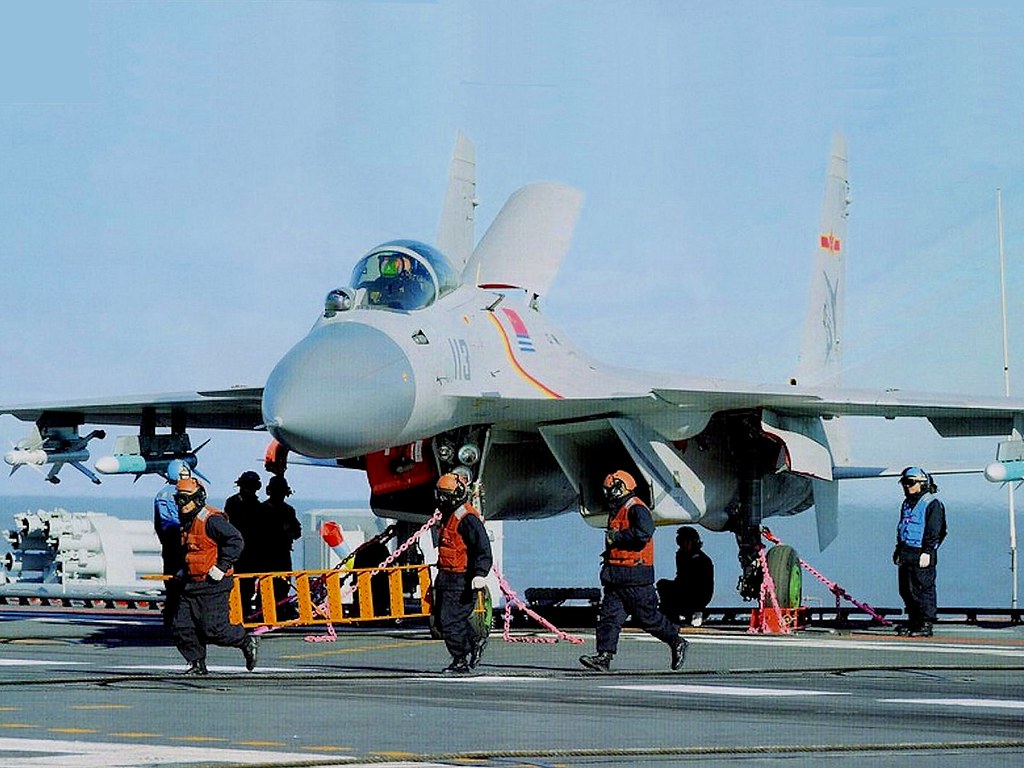
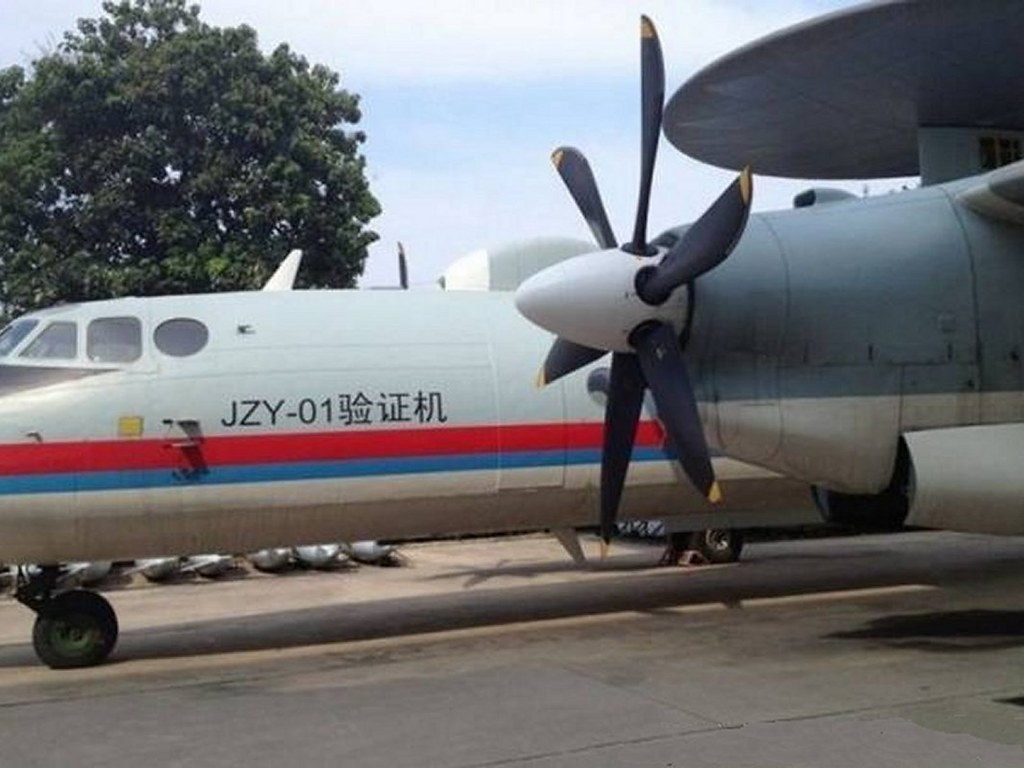
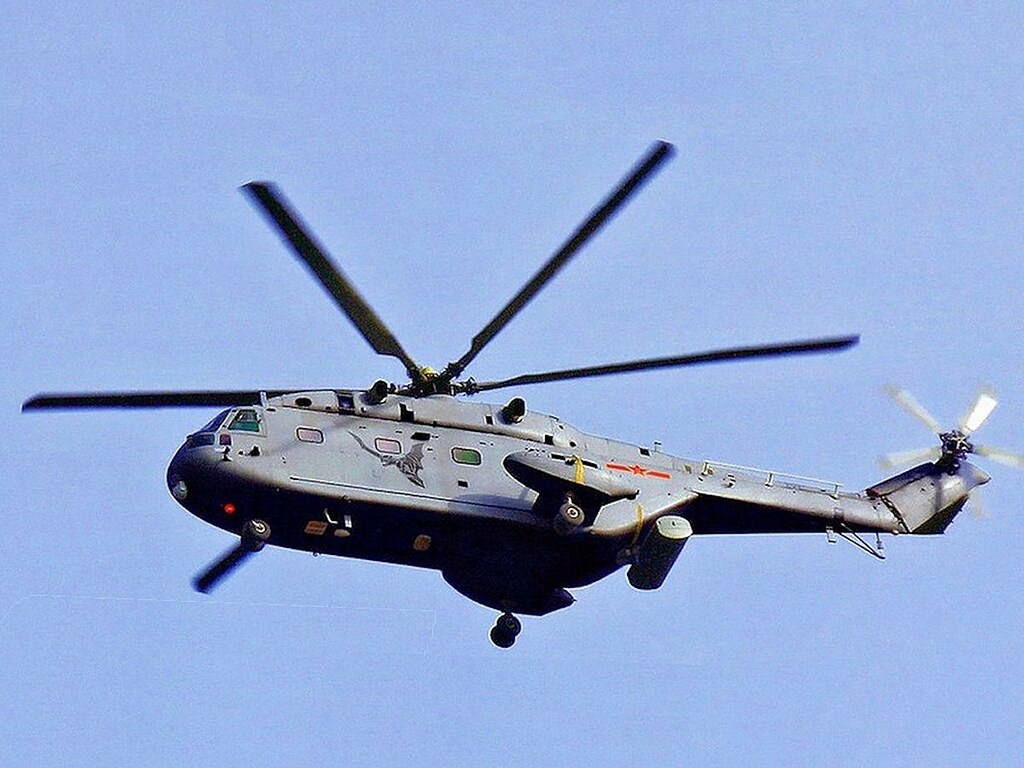

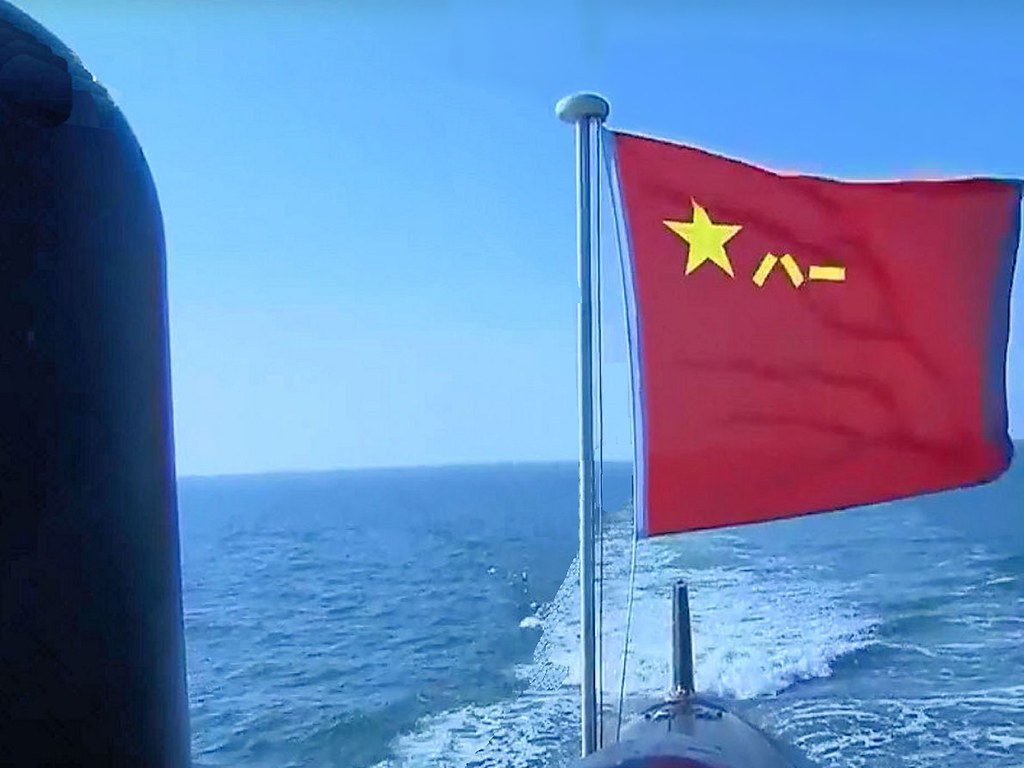
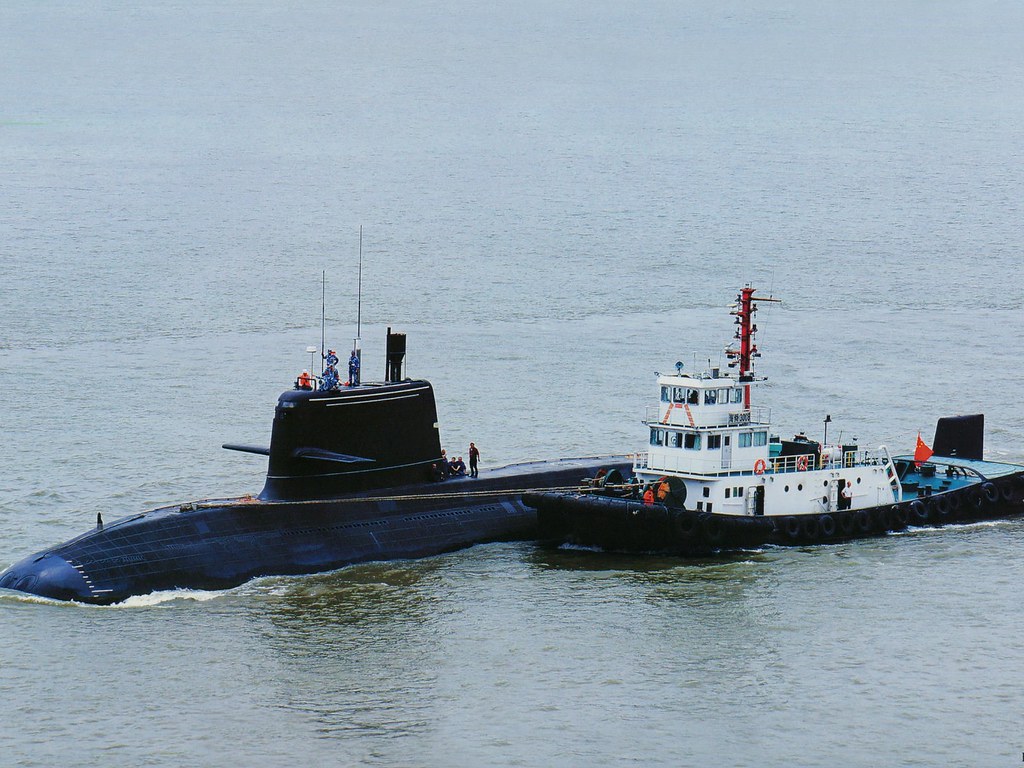
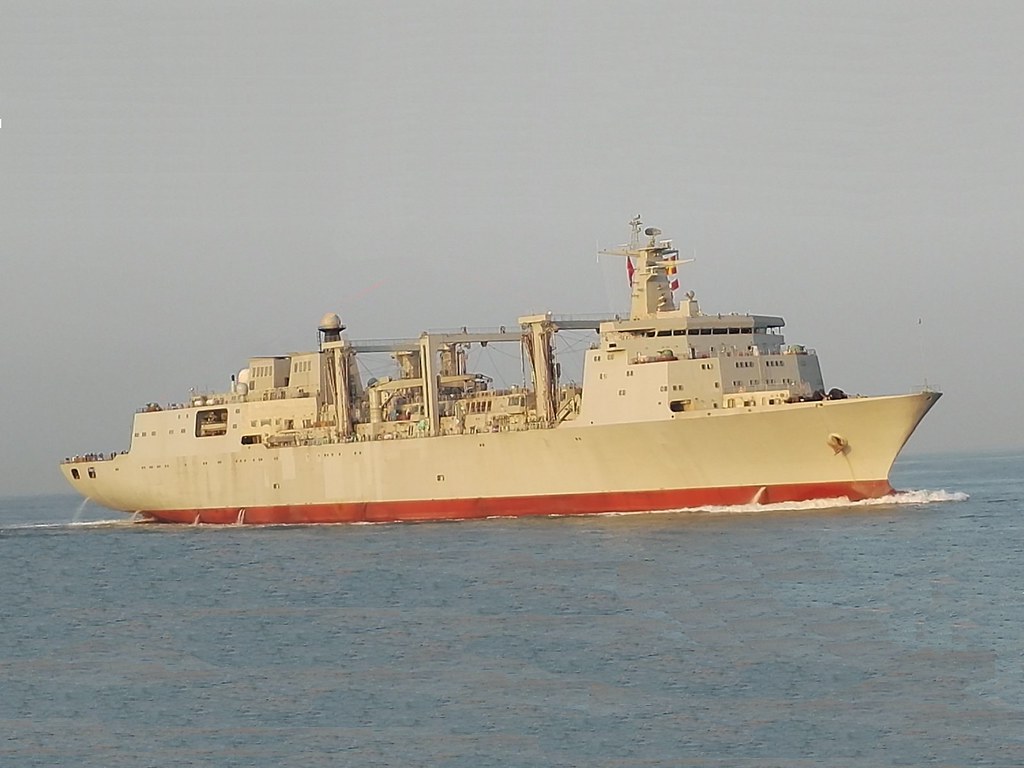

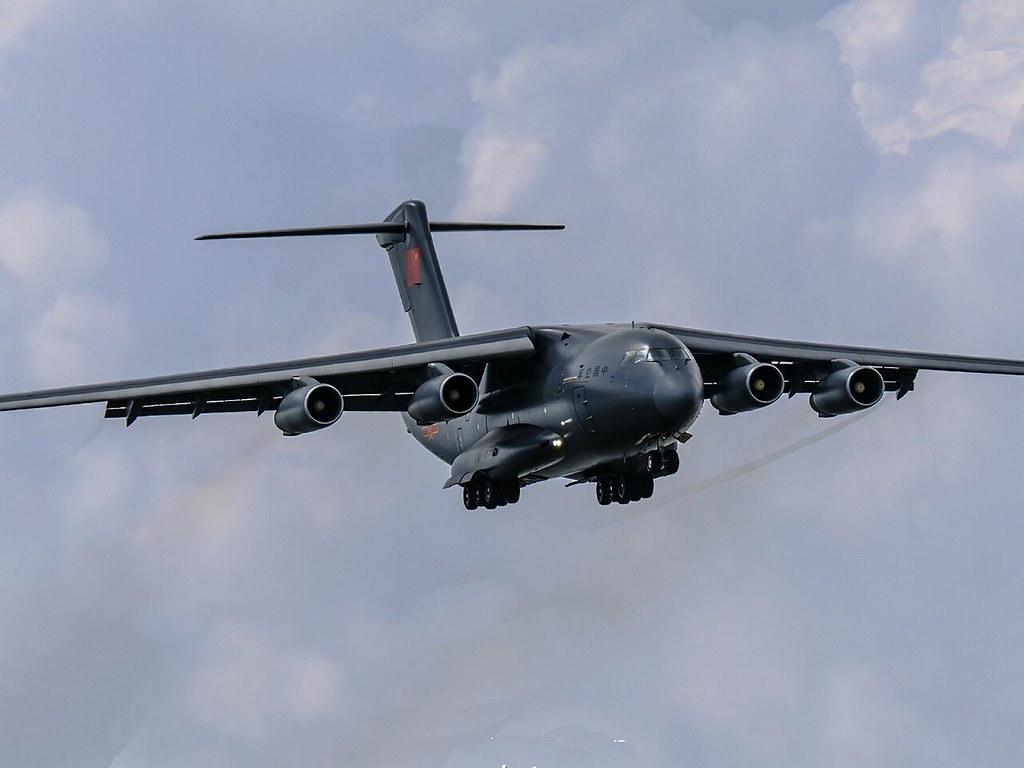

![img]](https://c2.staticflickr.com/4/3781/32768772966_b5810ec22a_b.jpg/img])